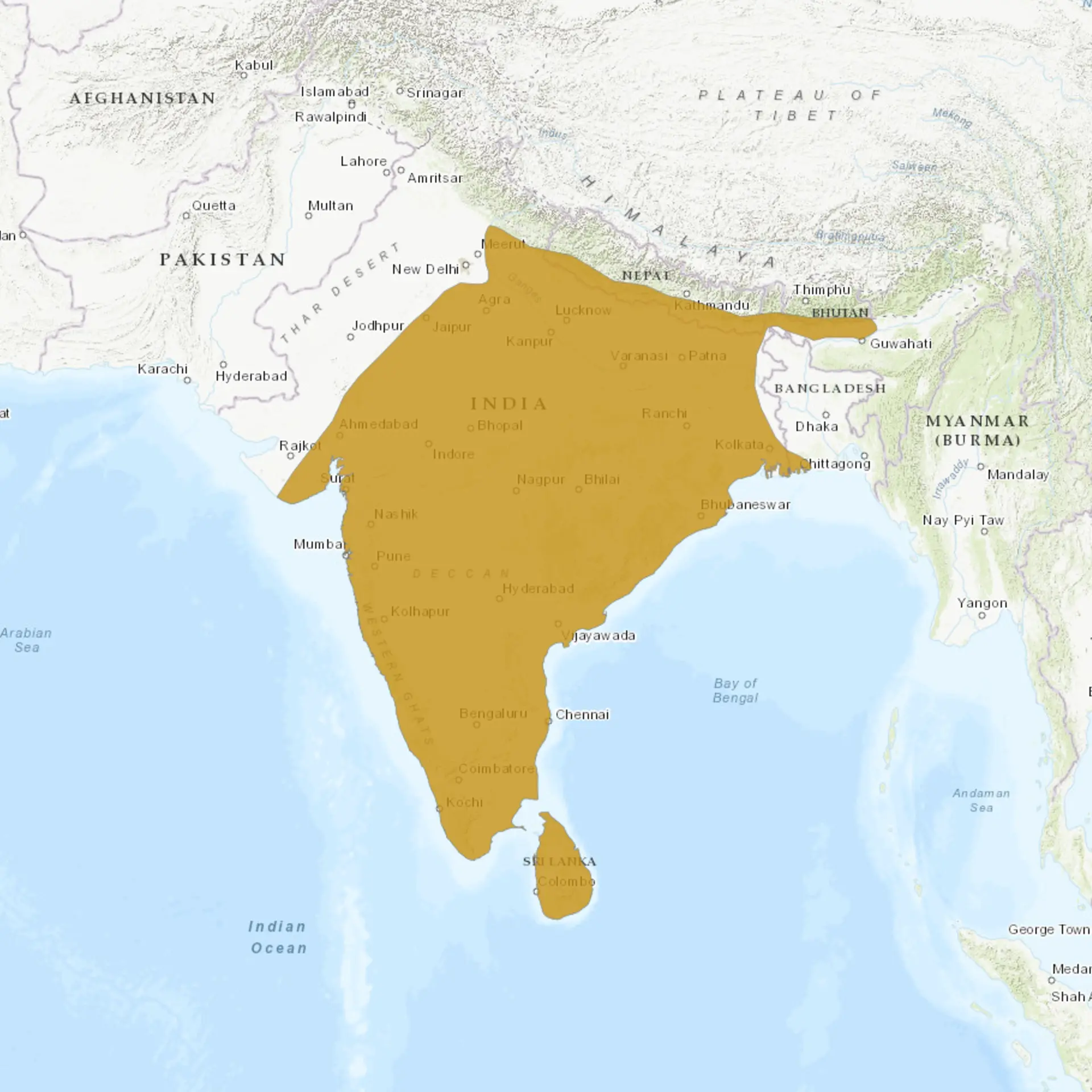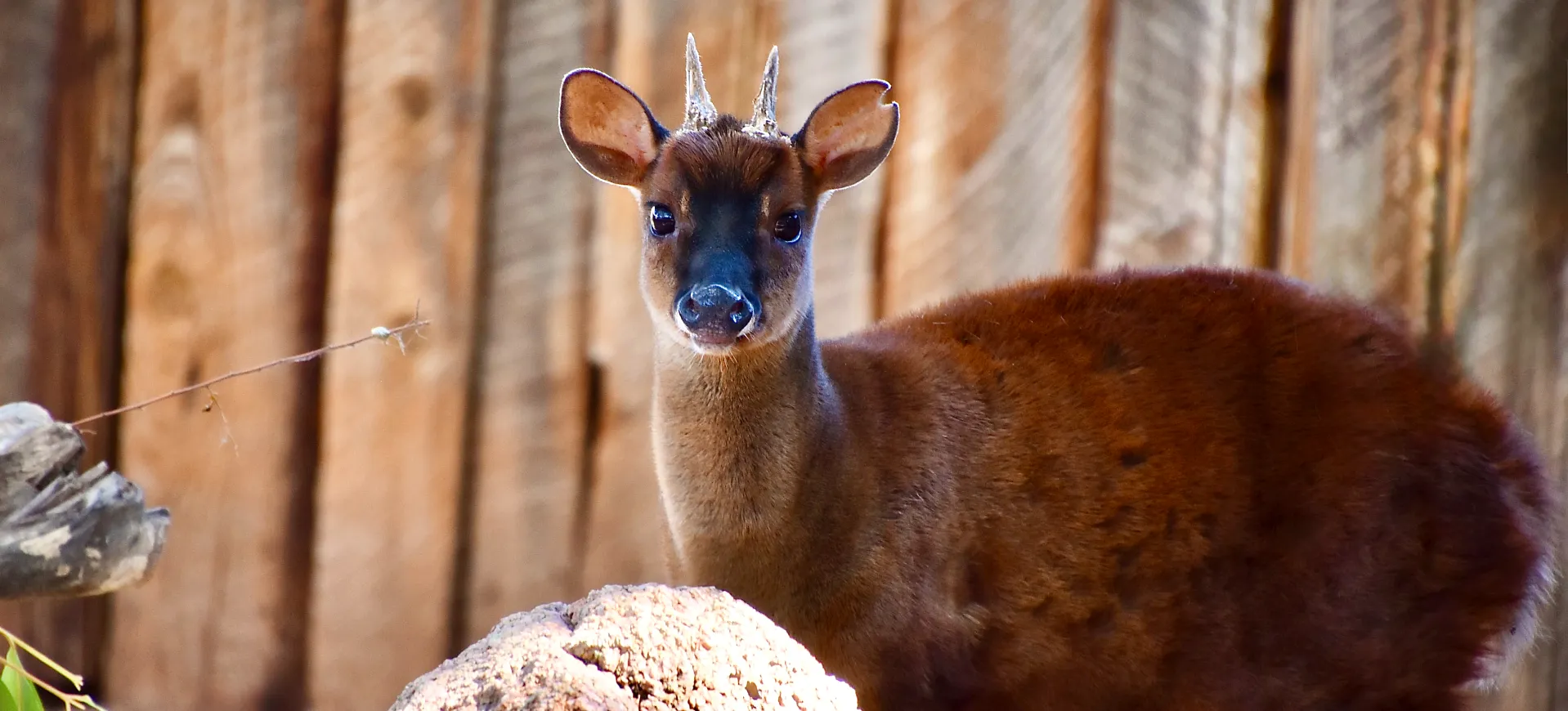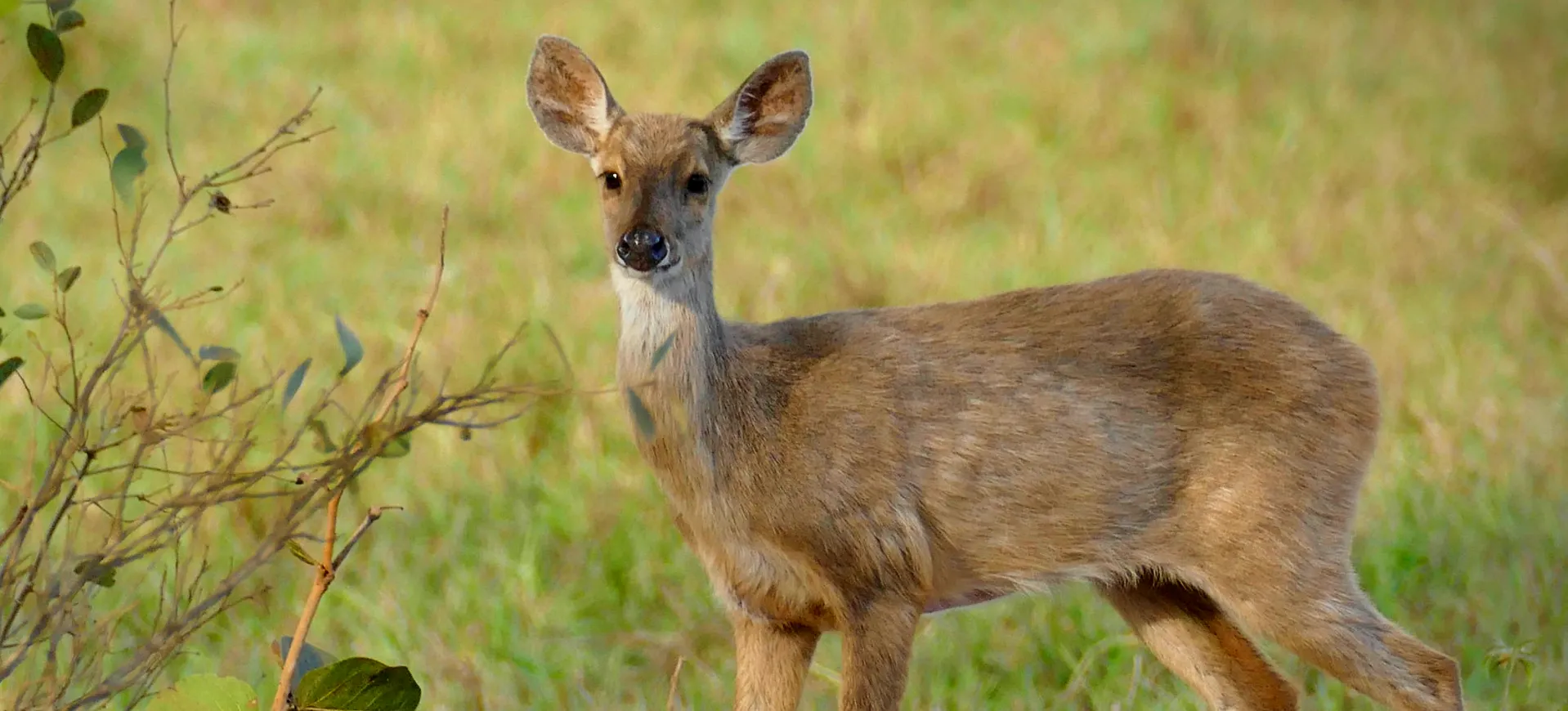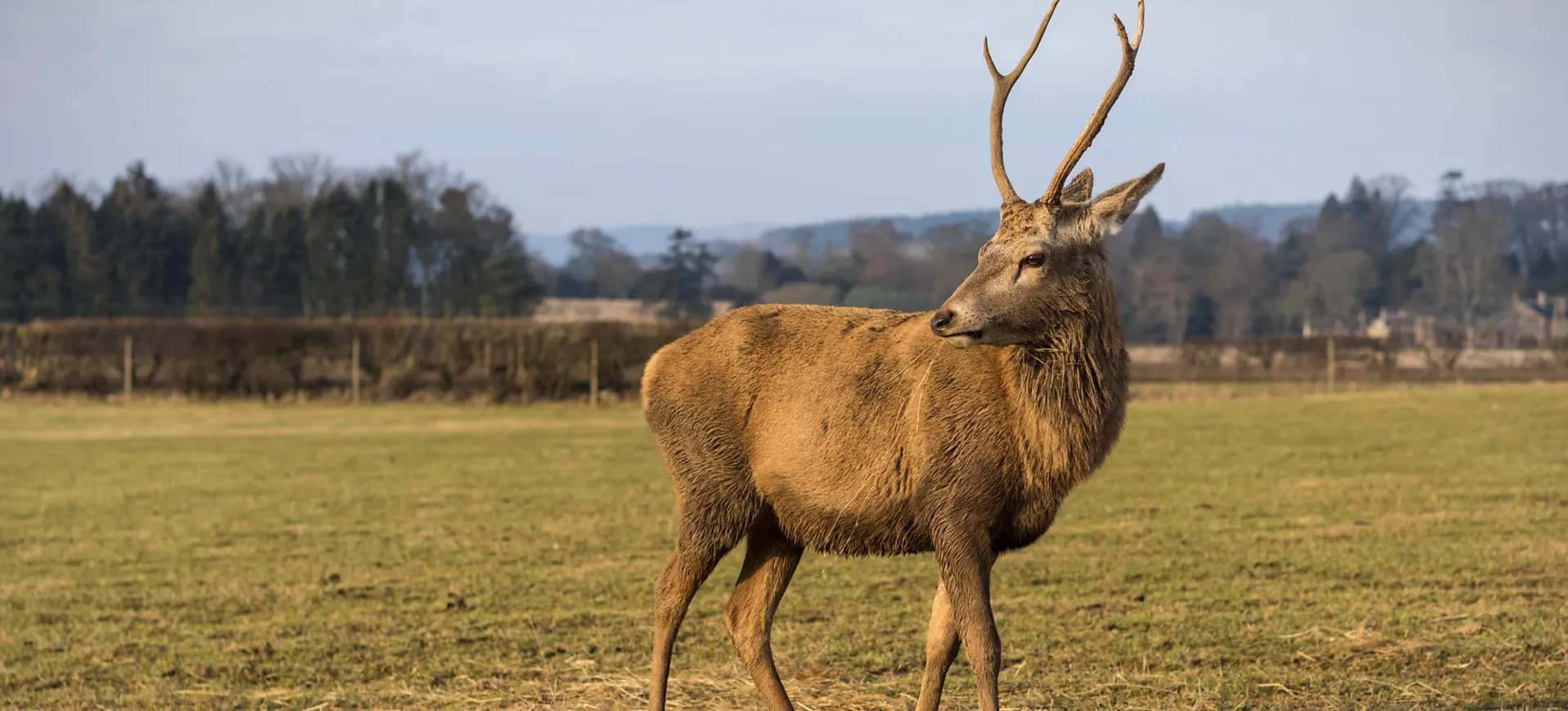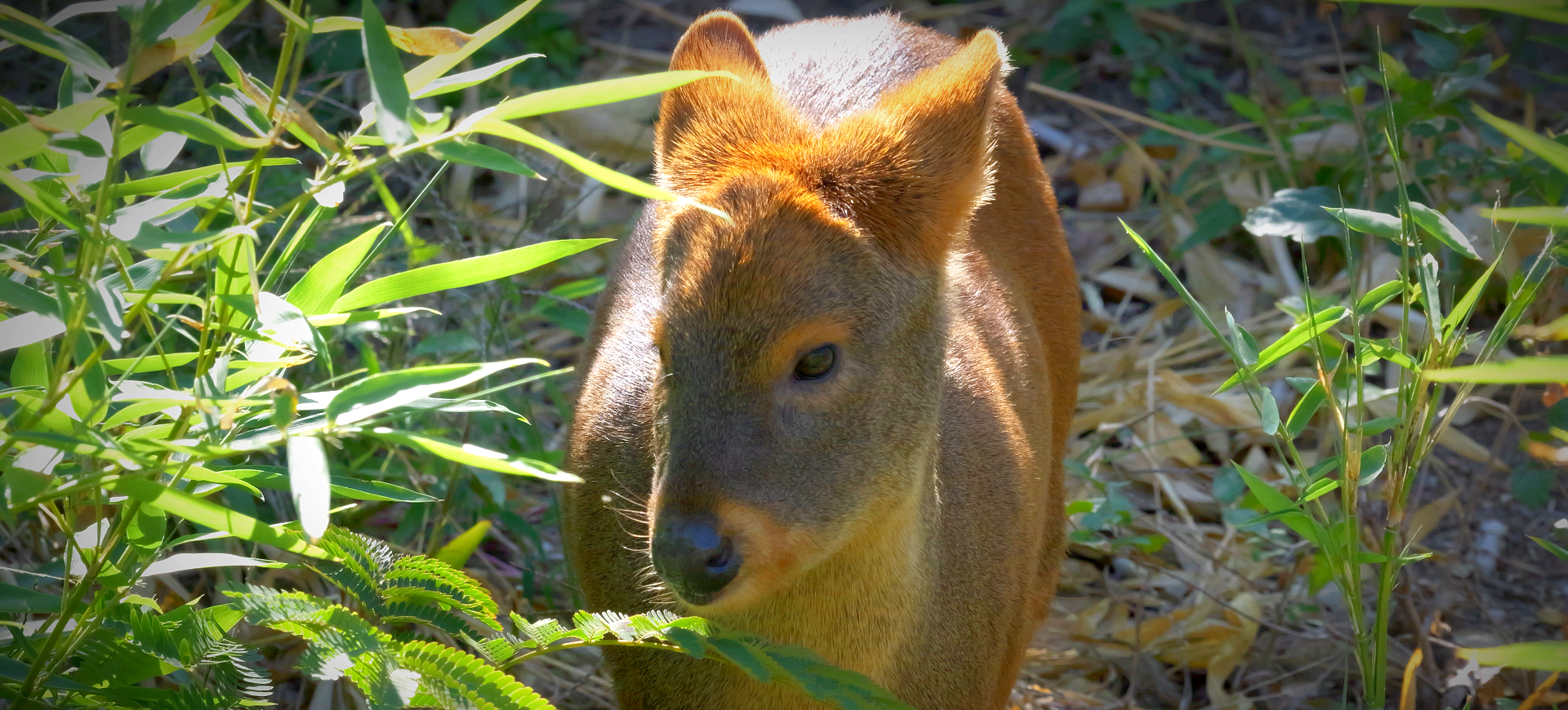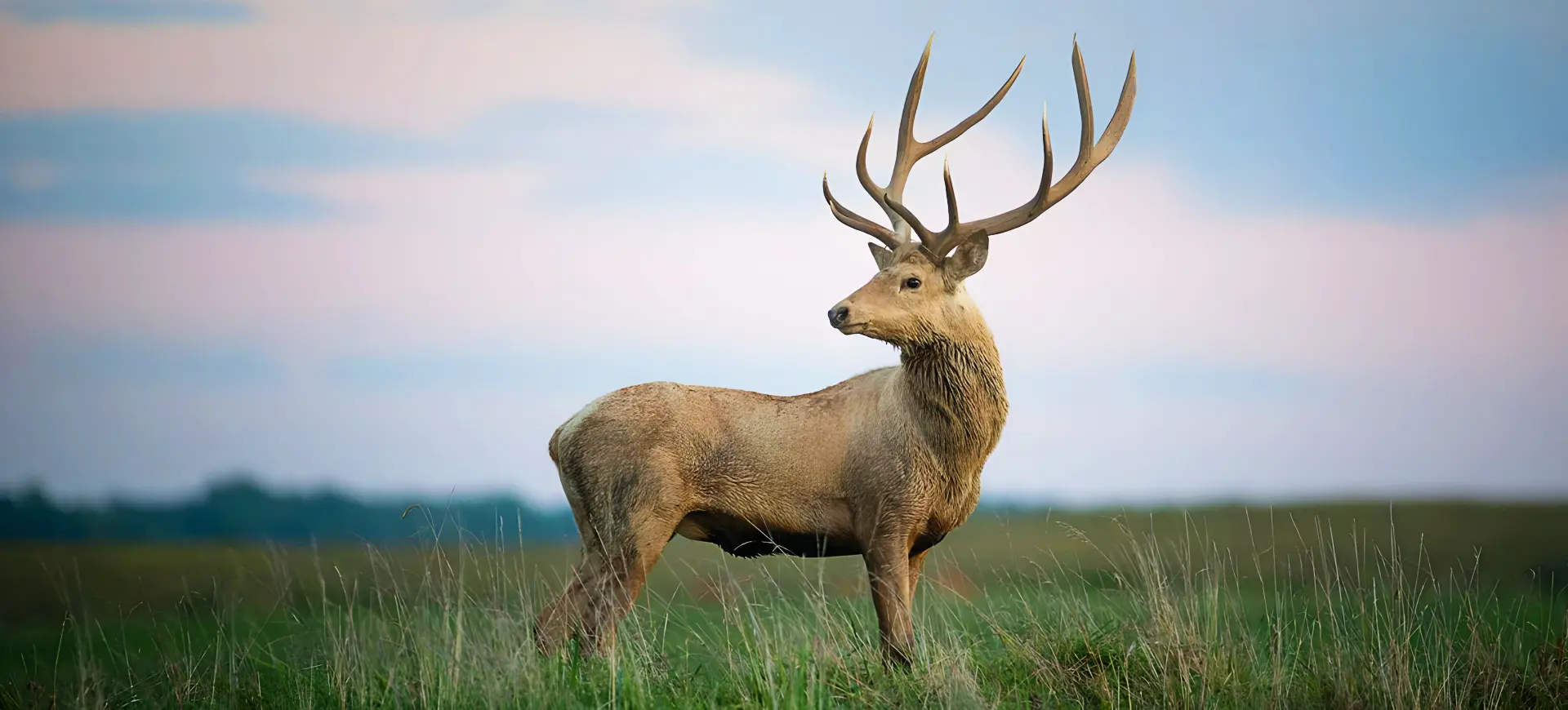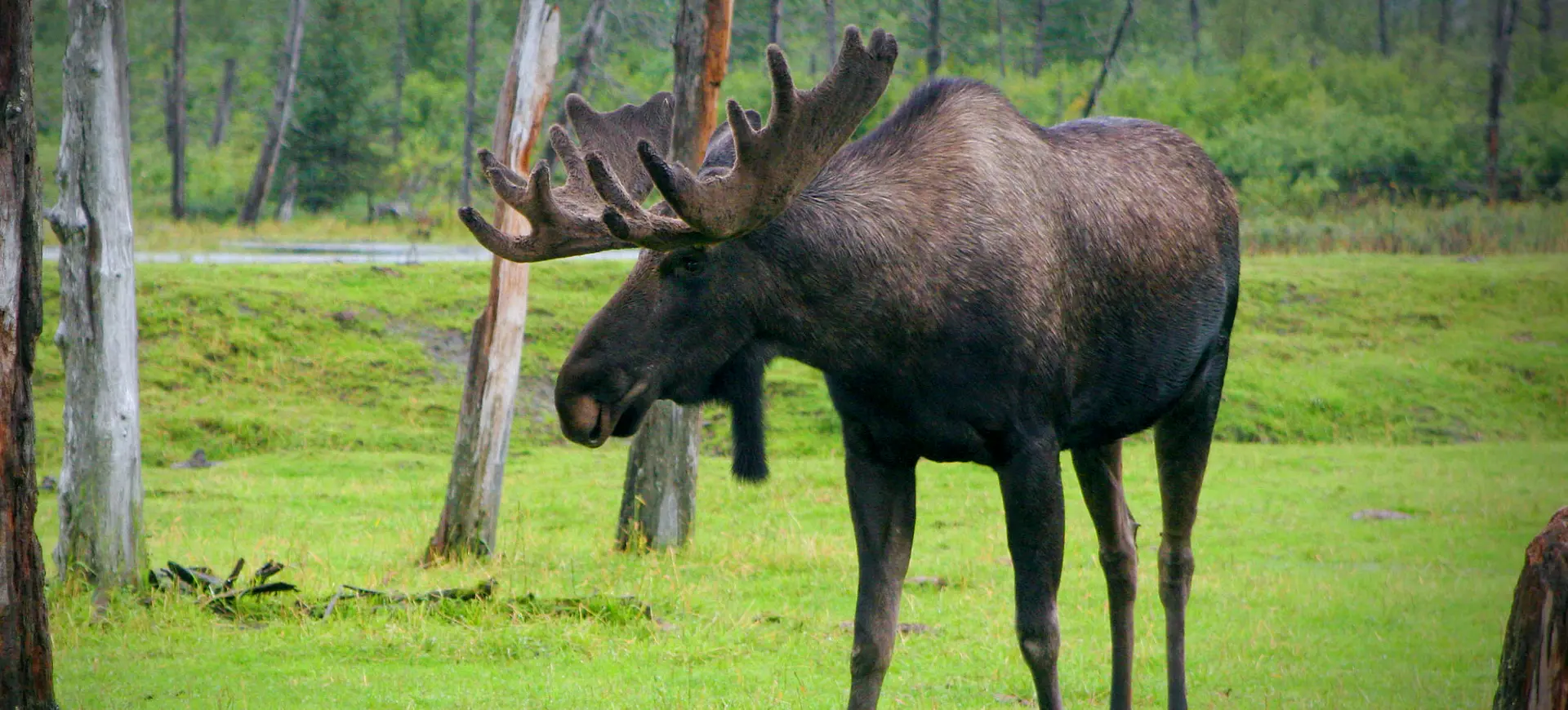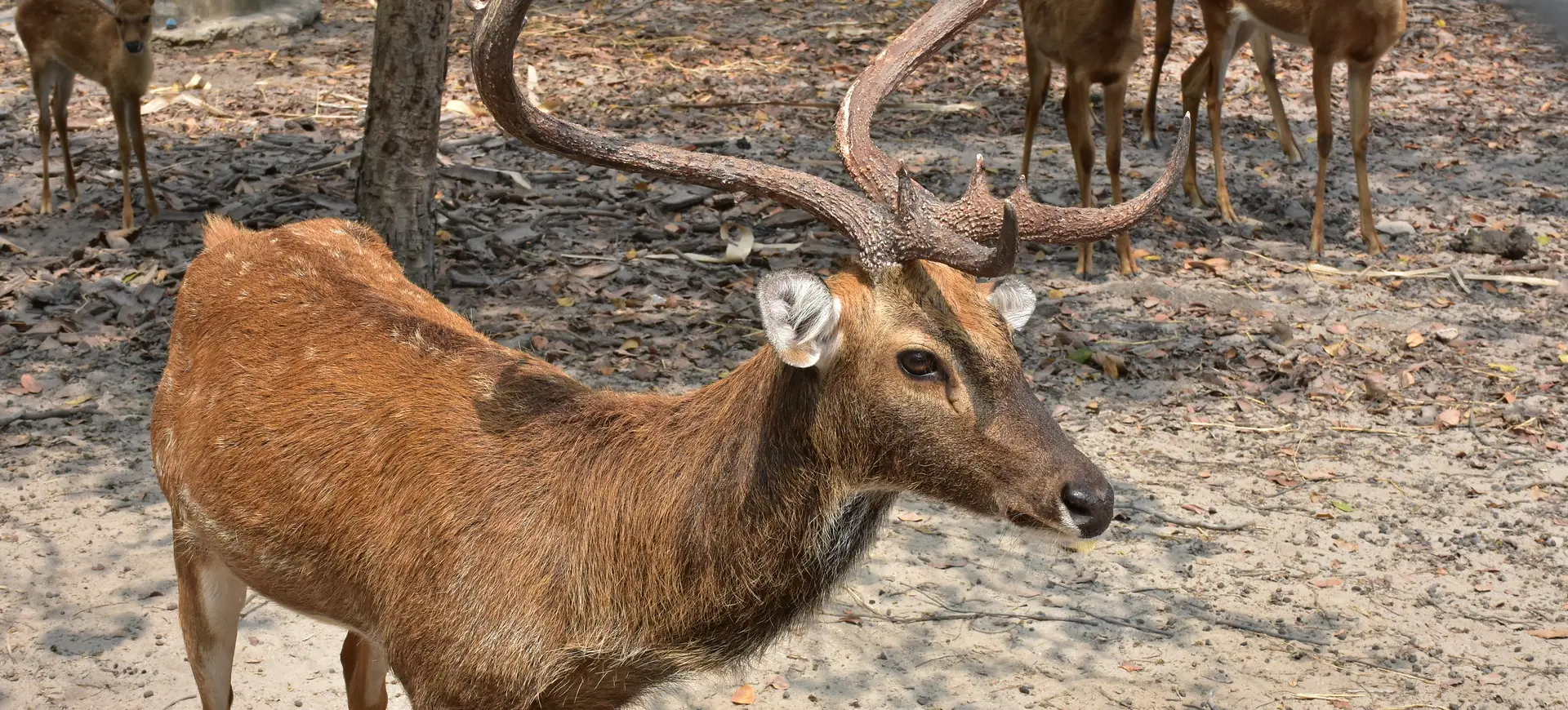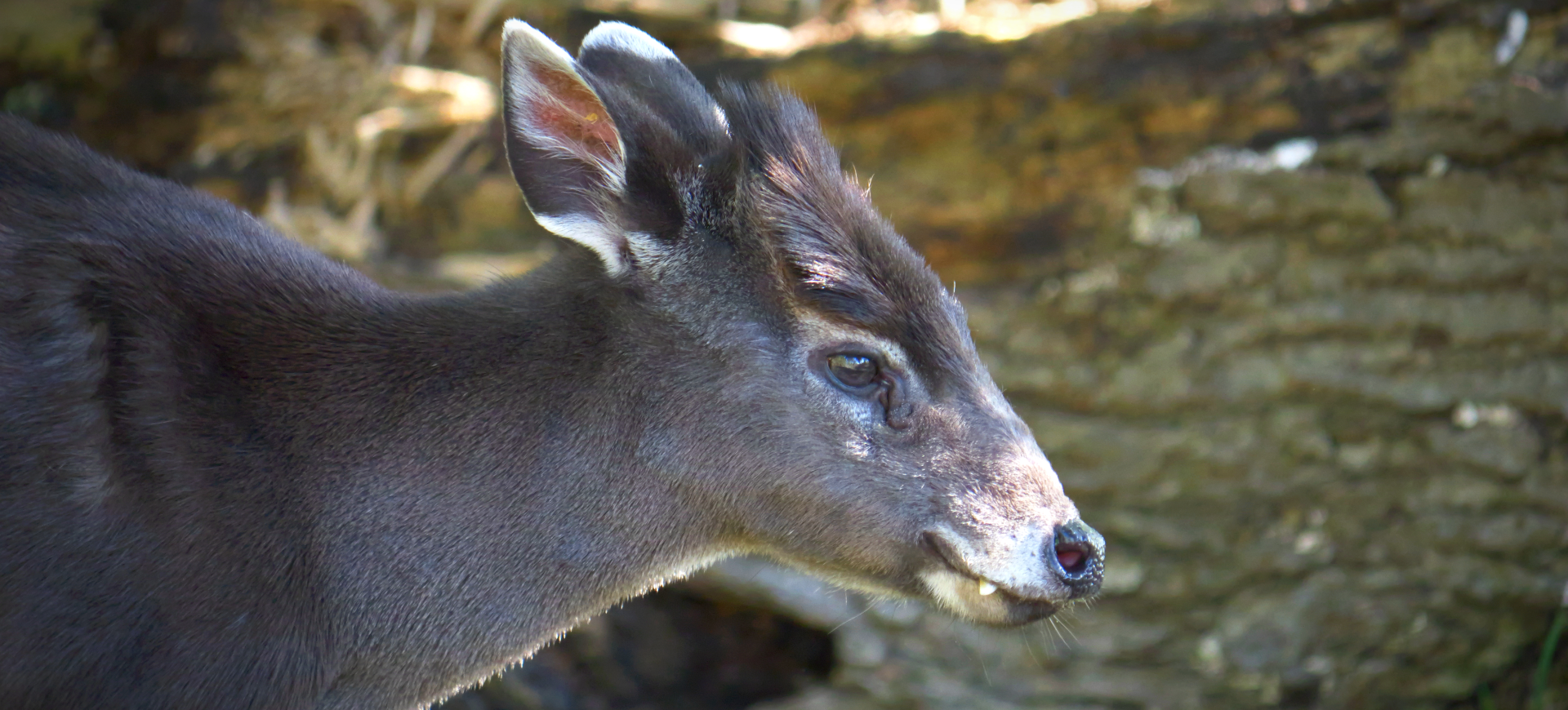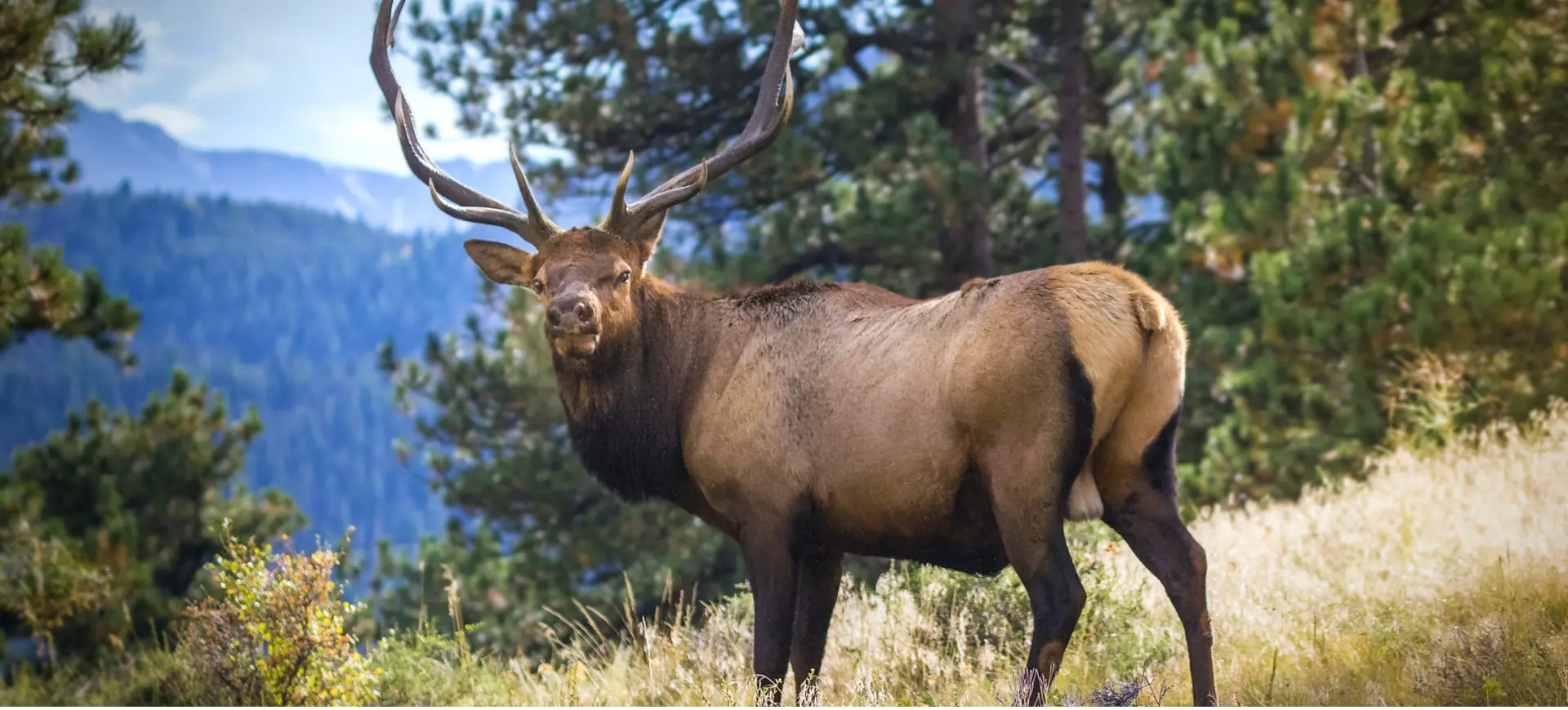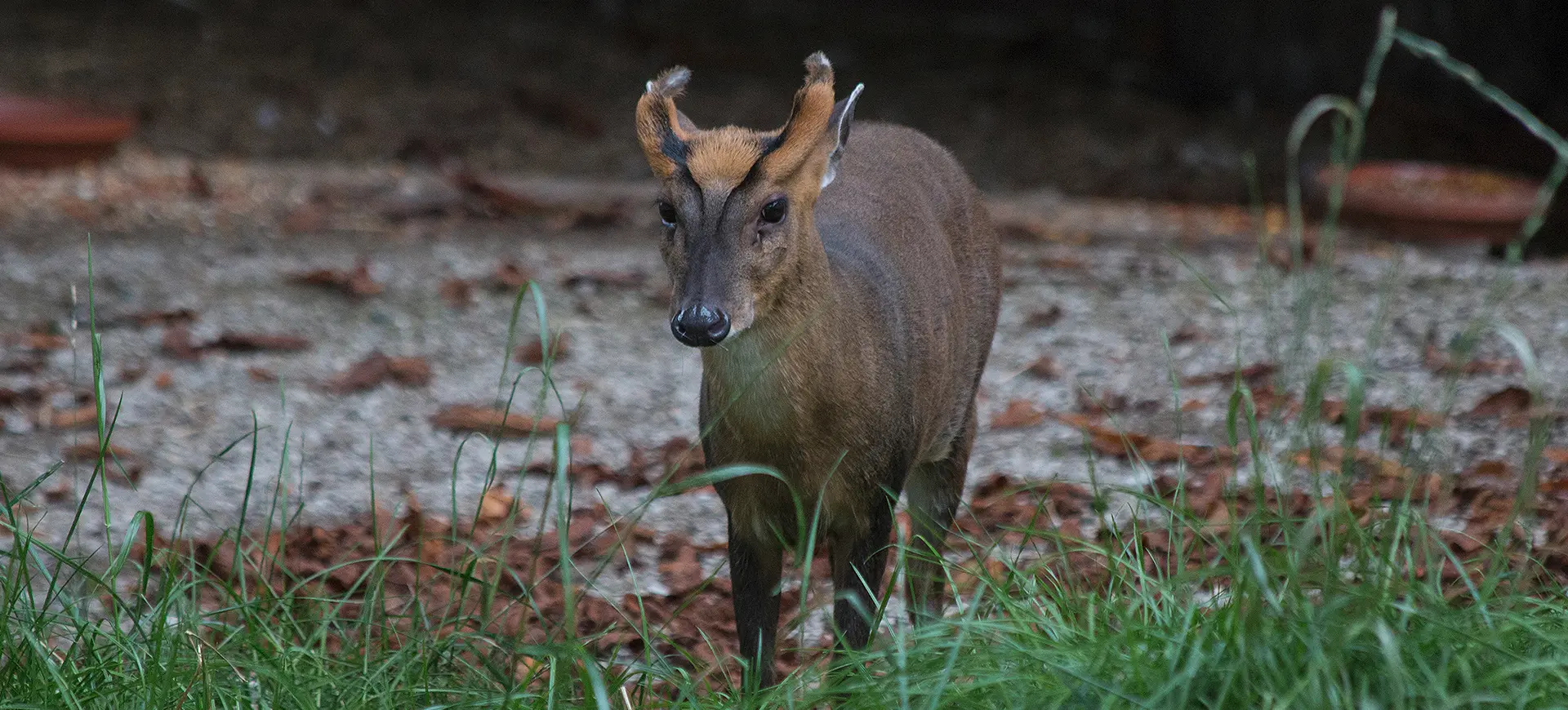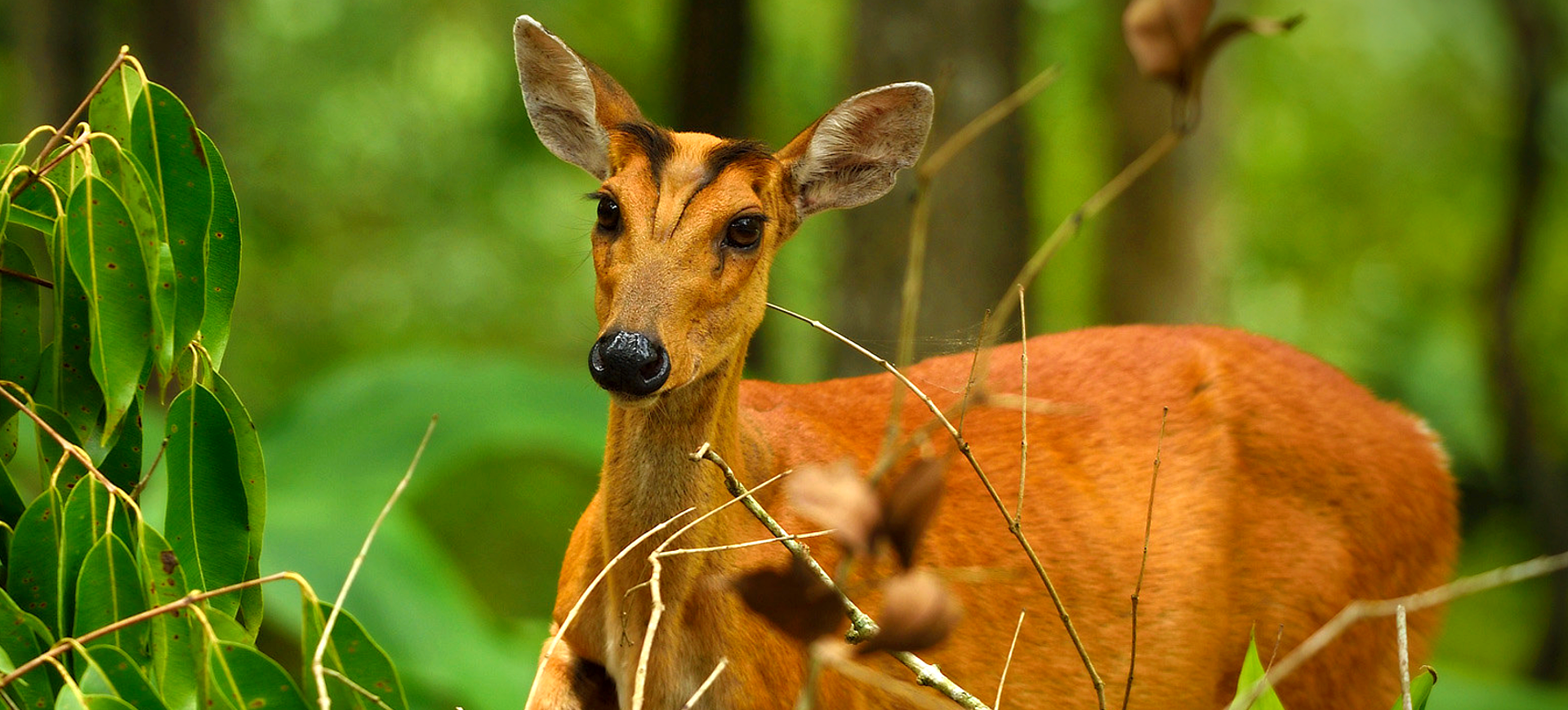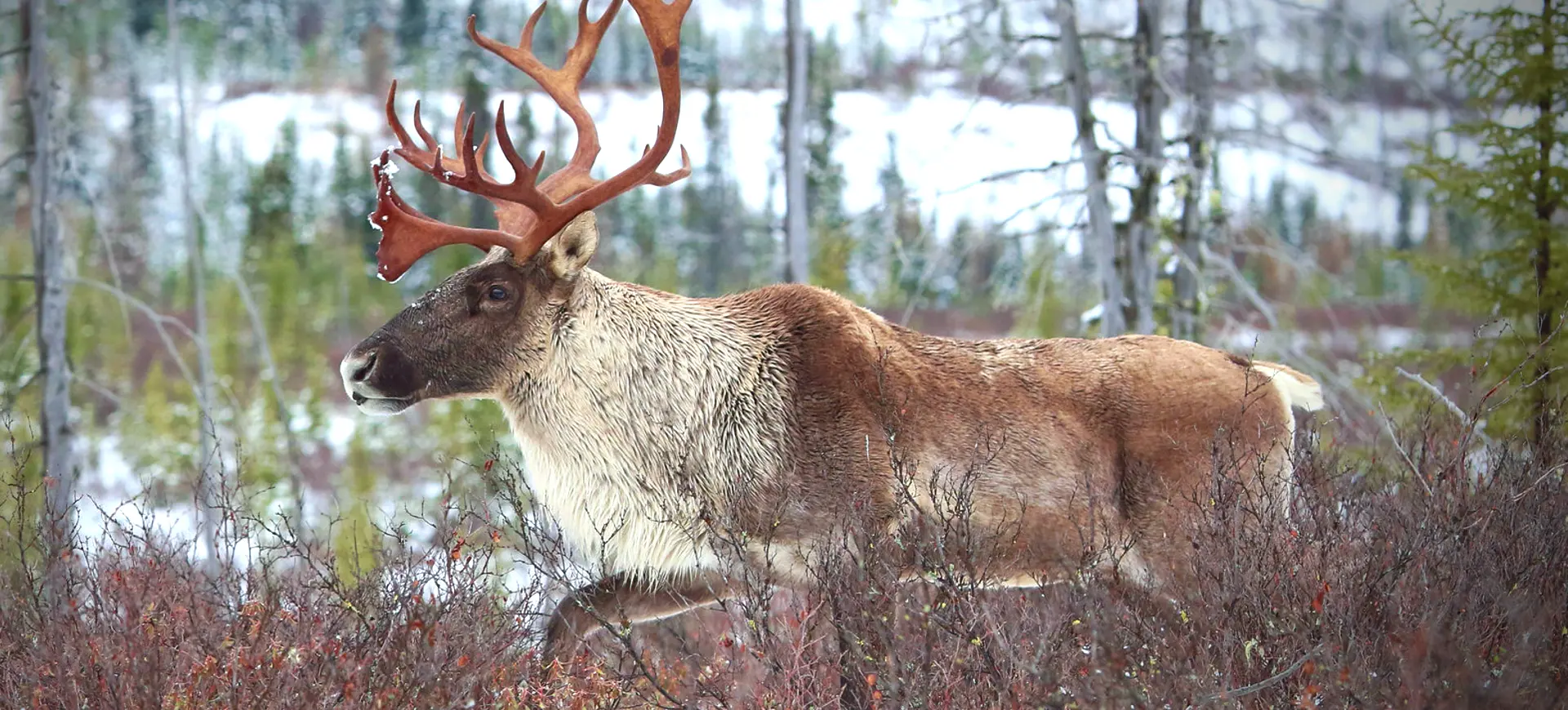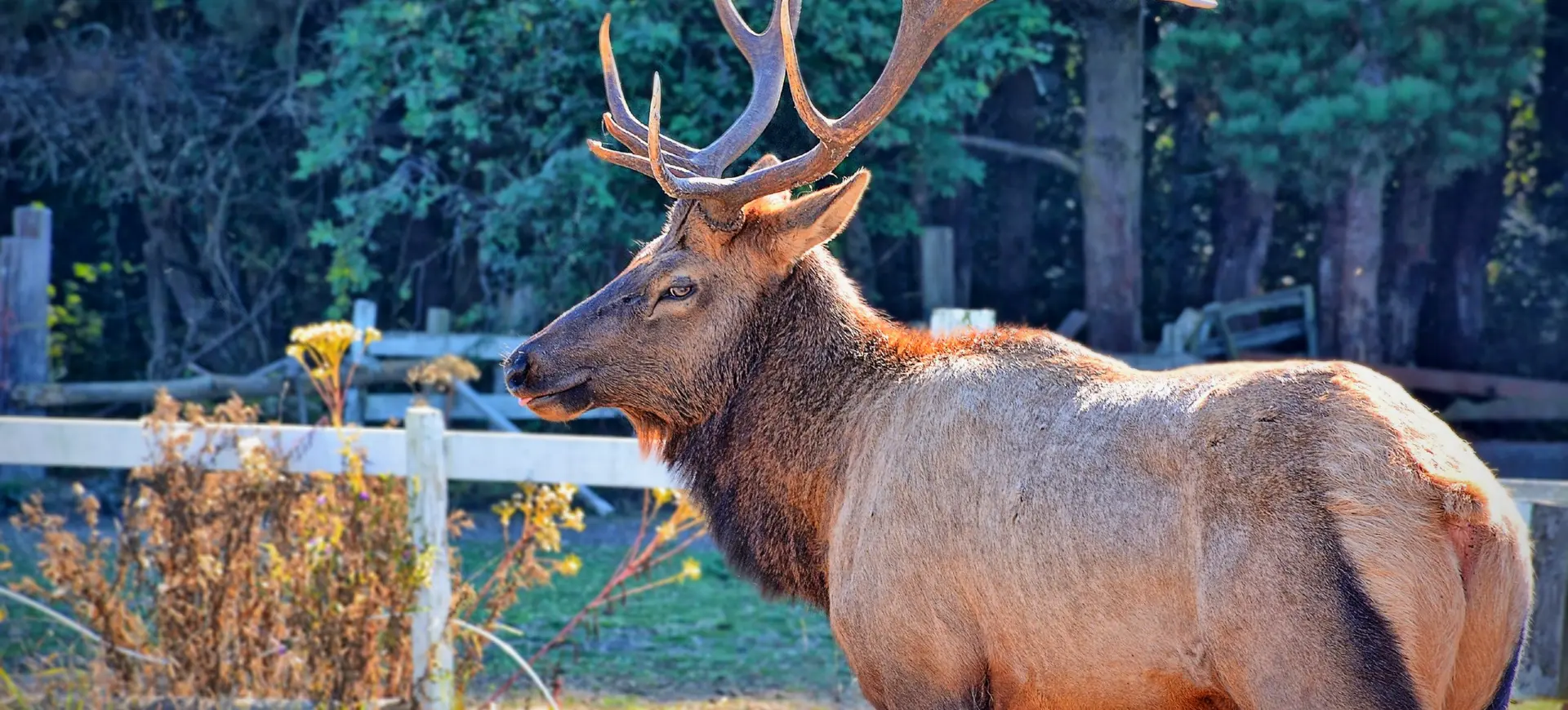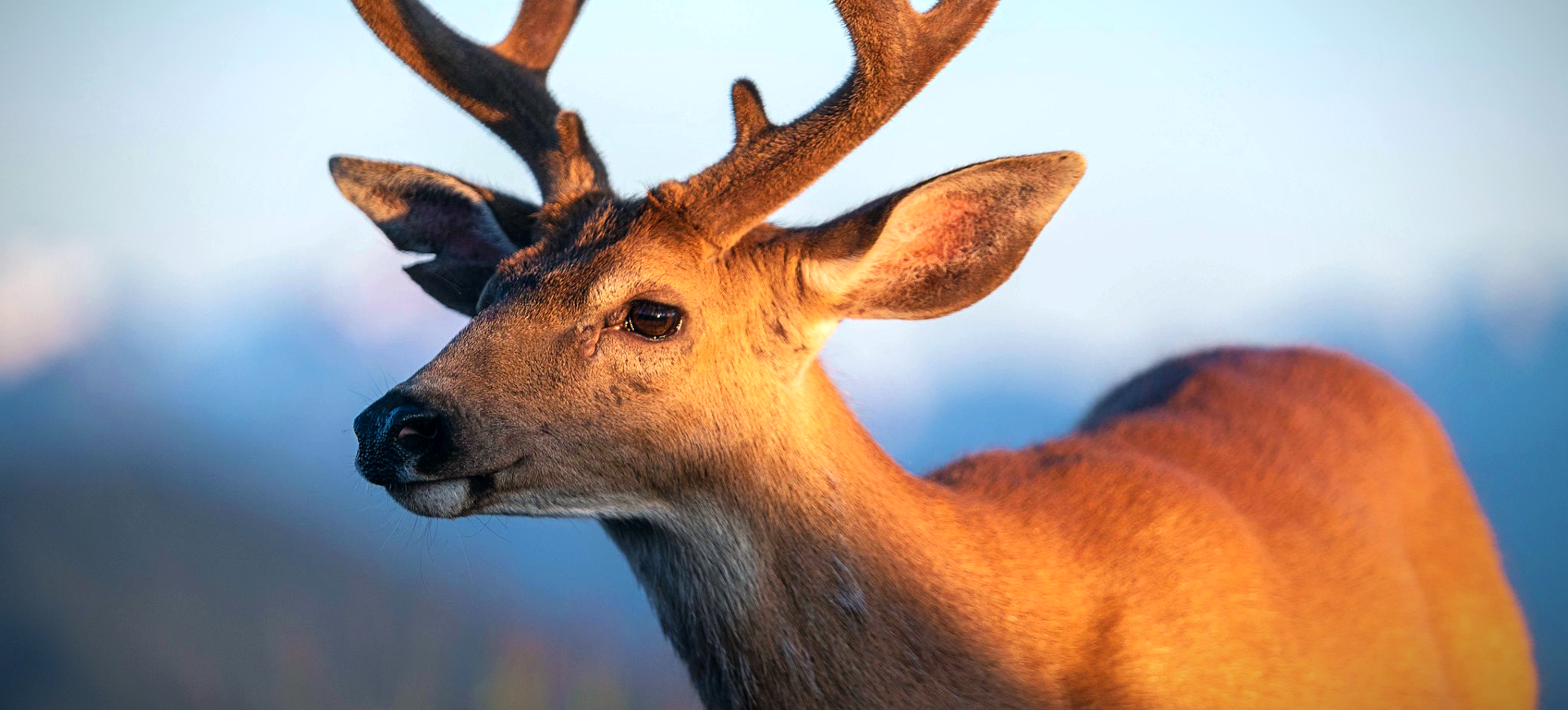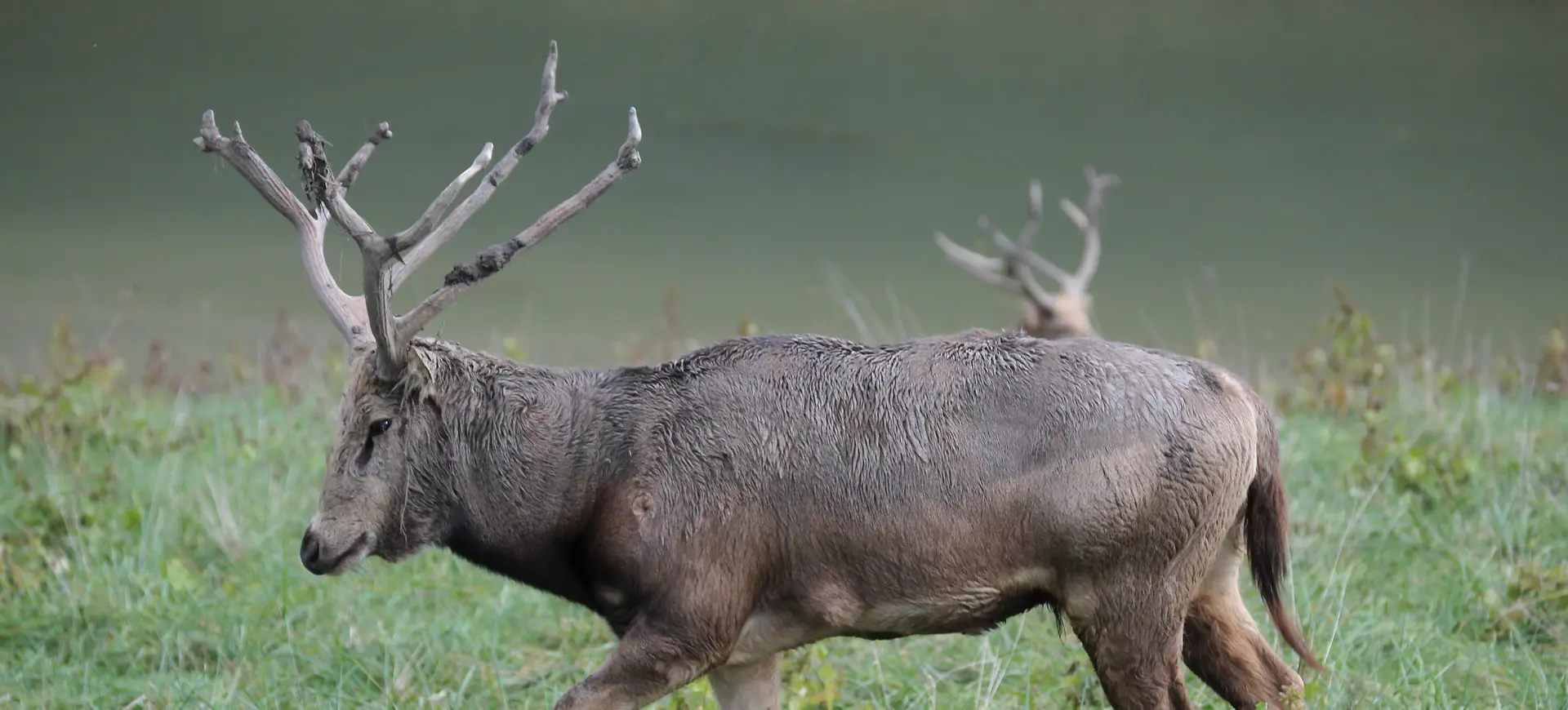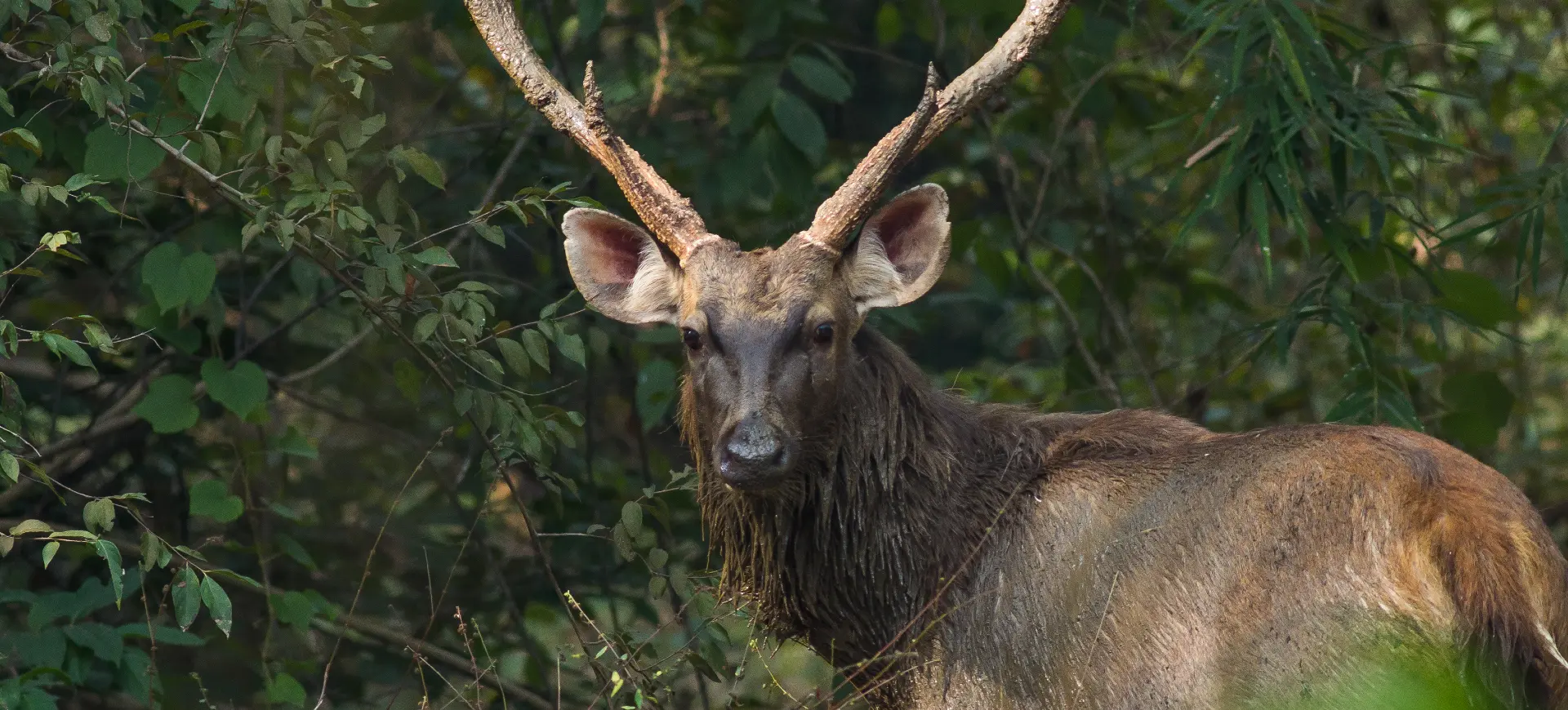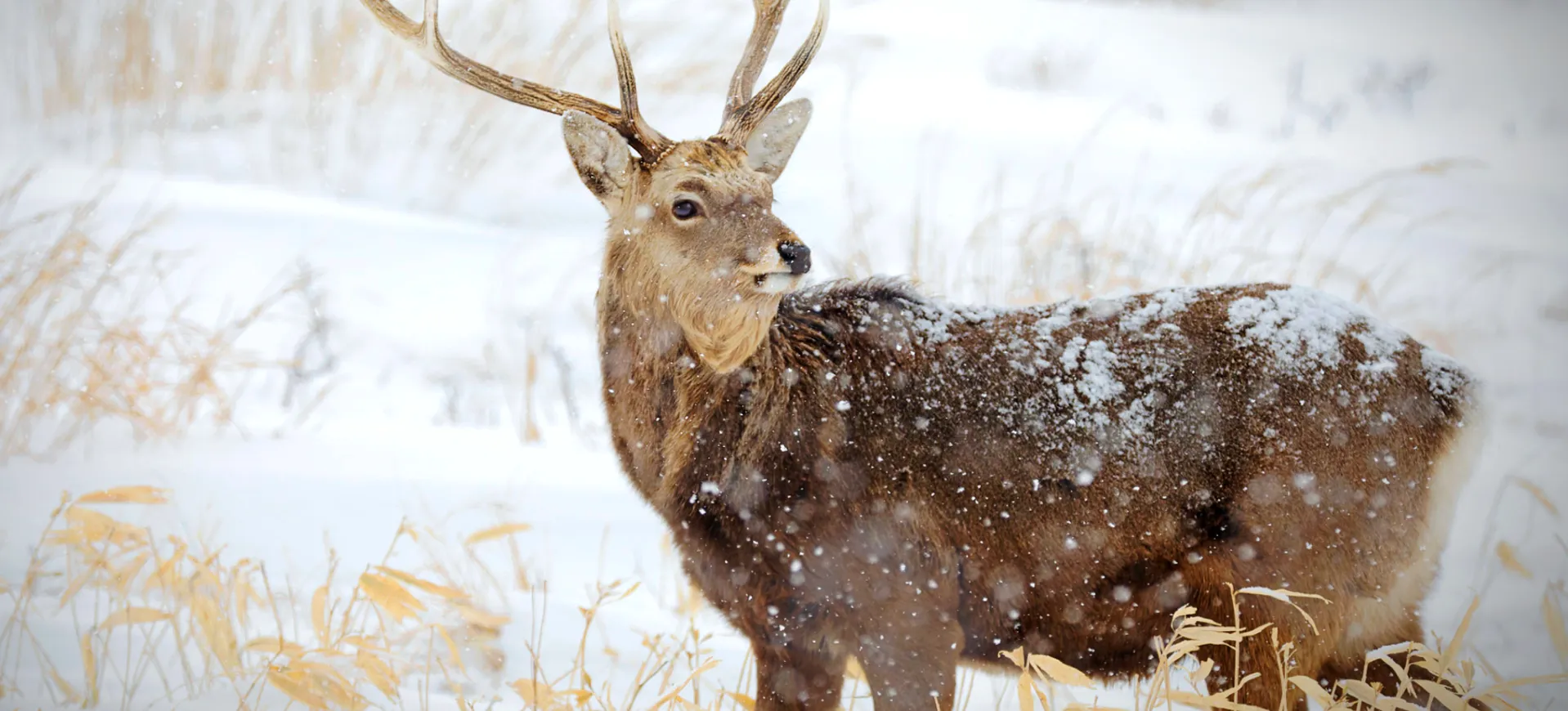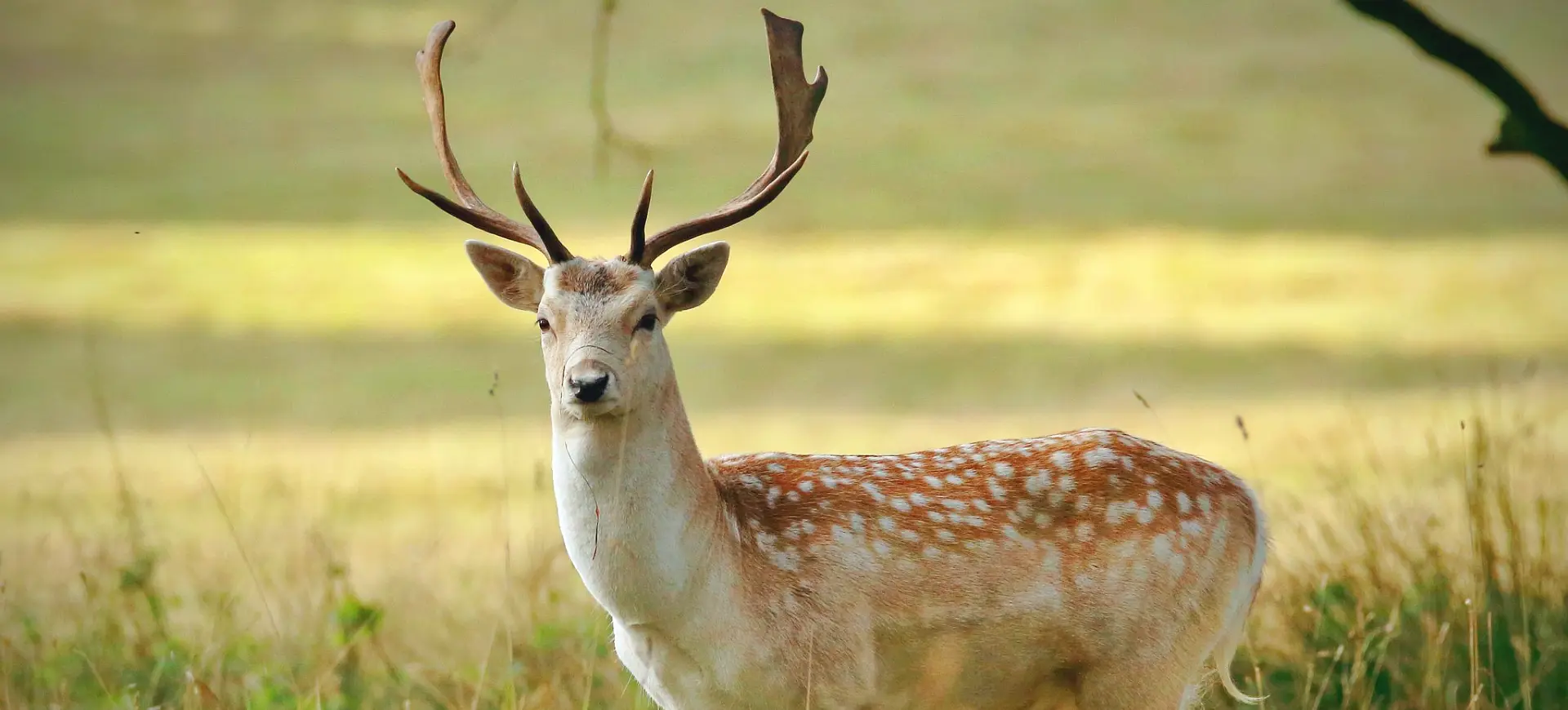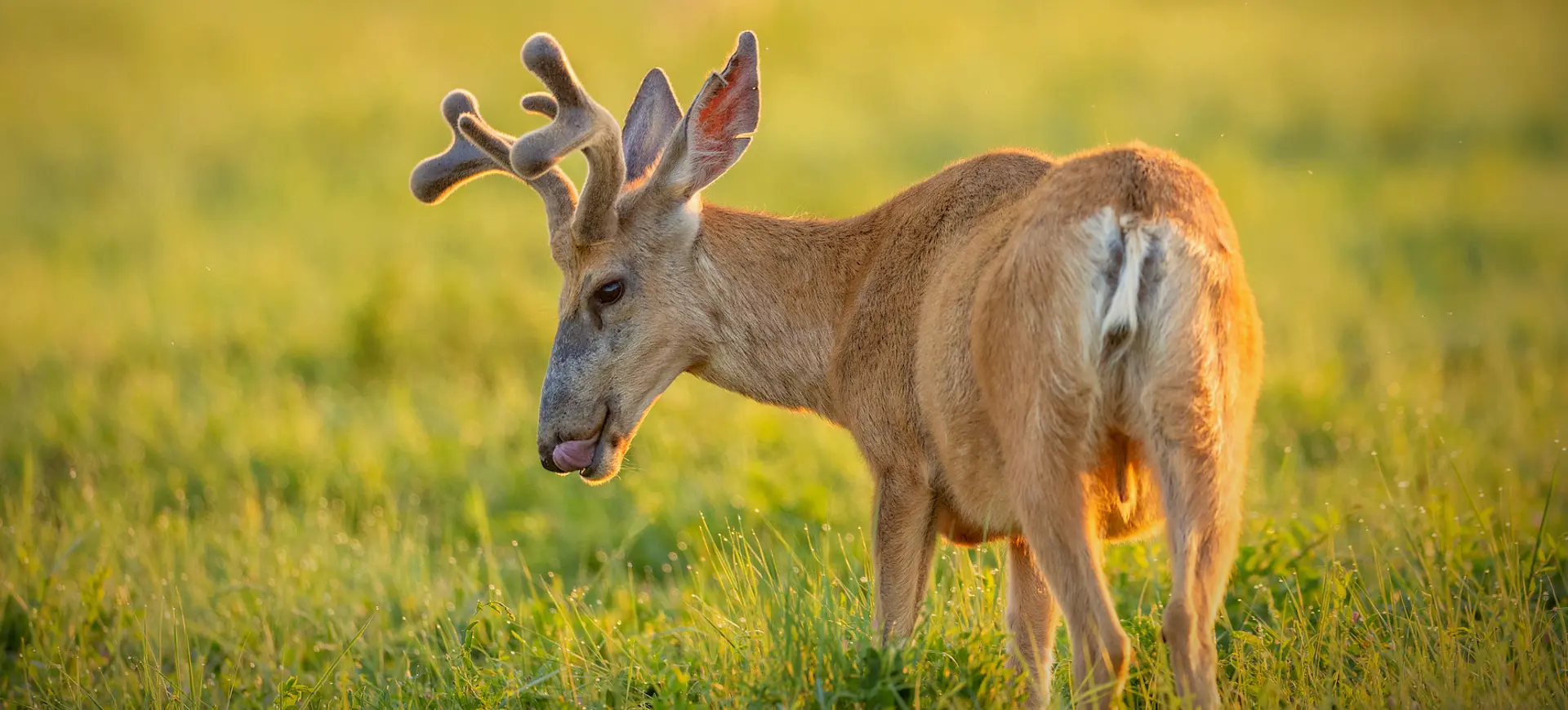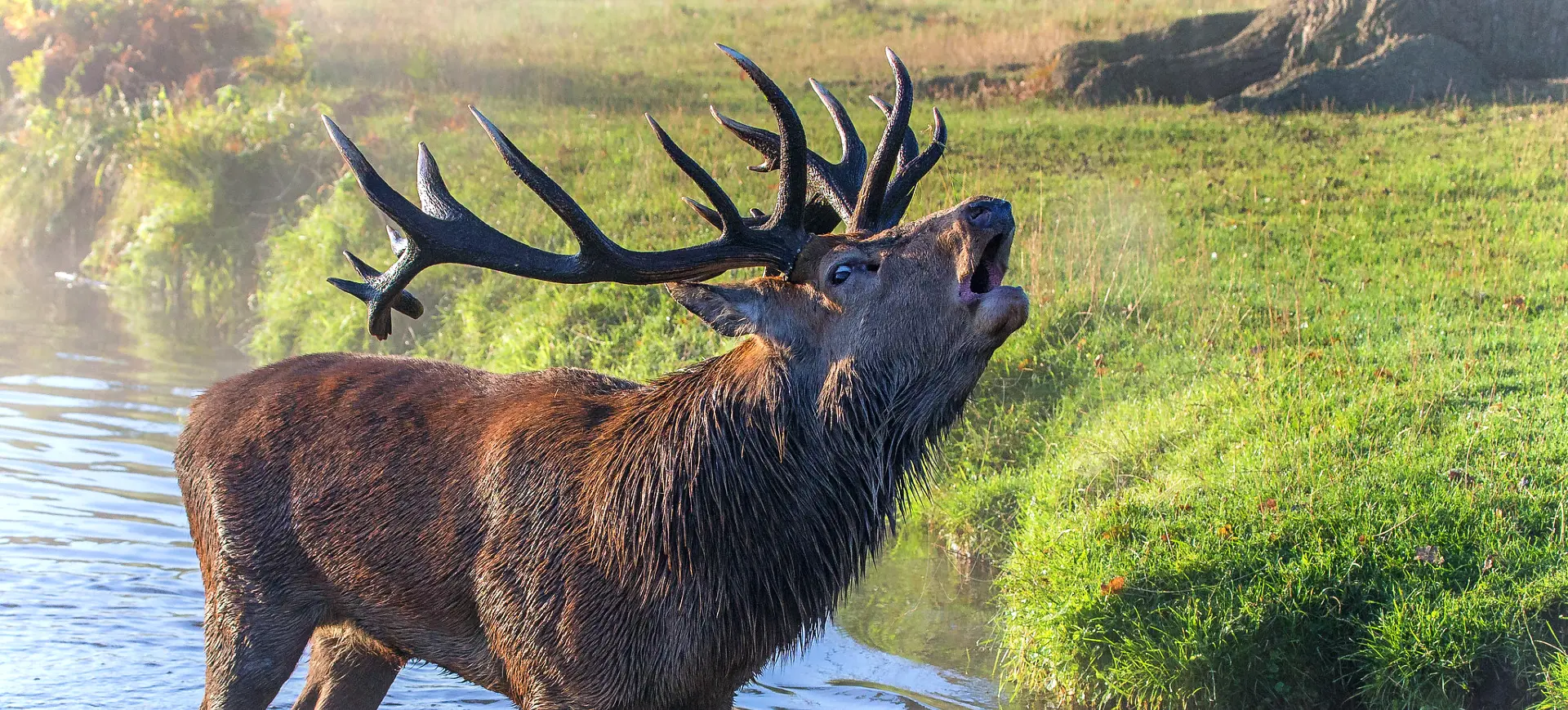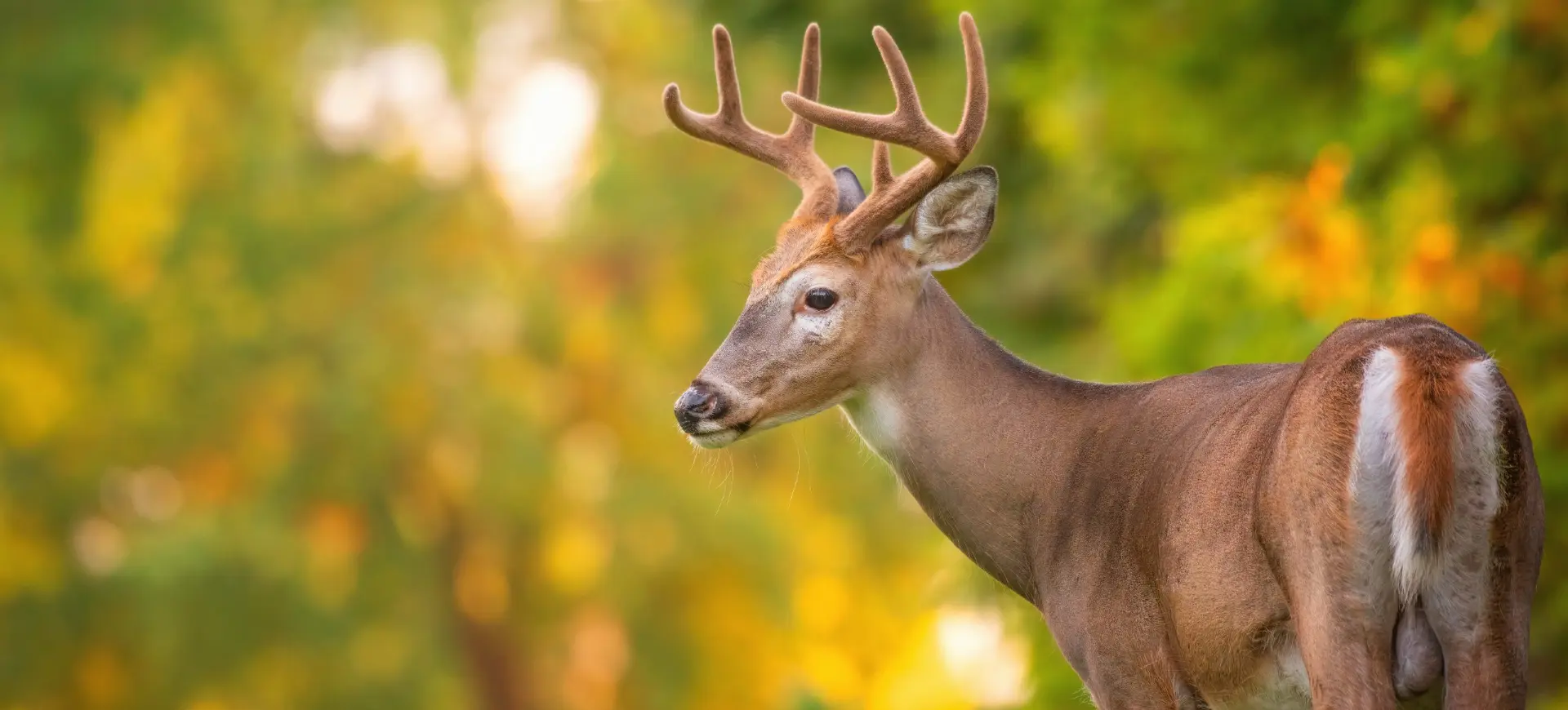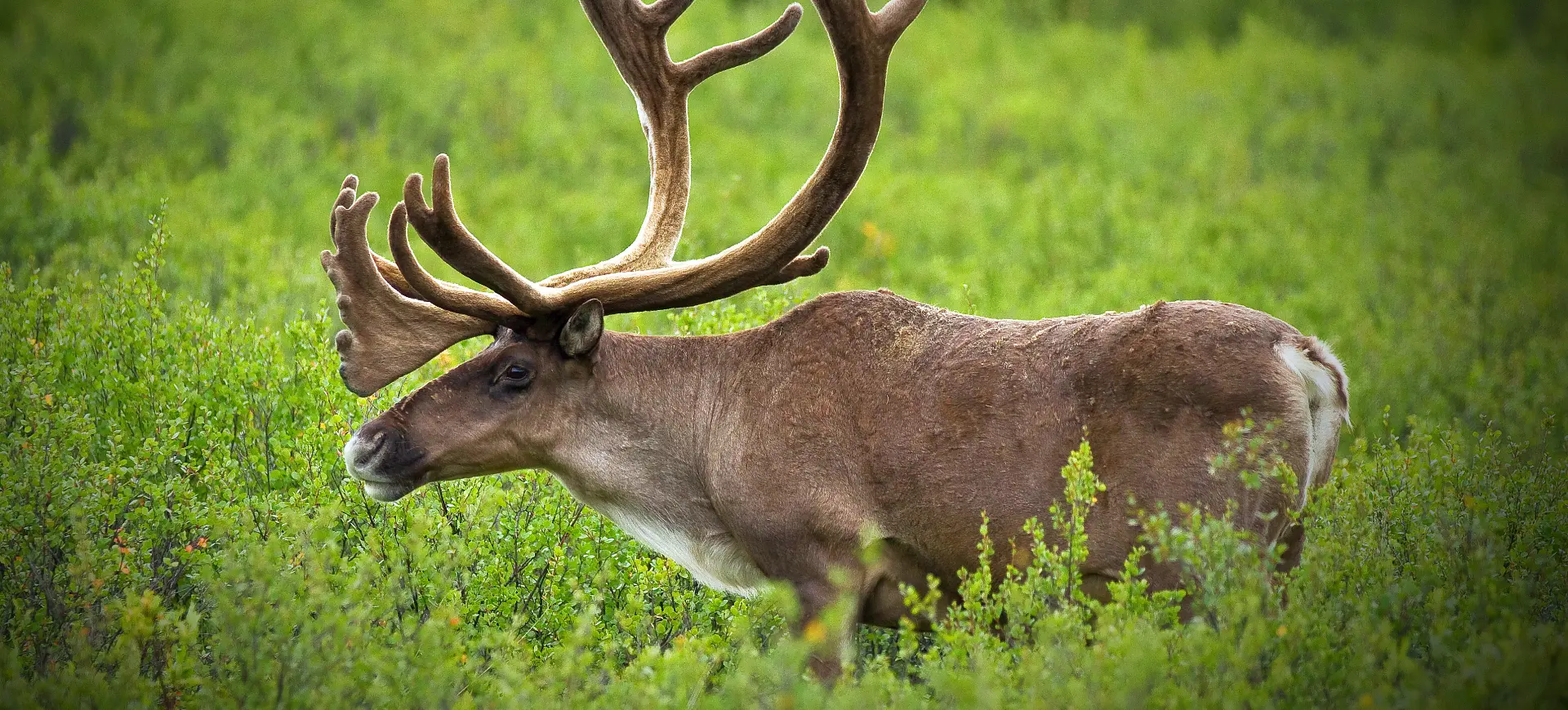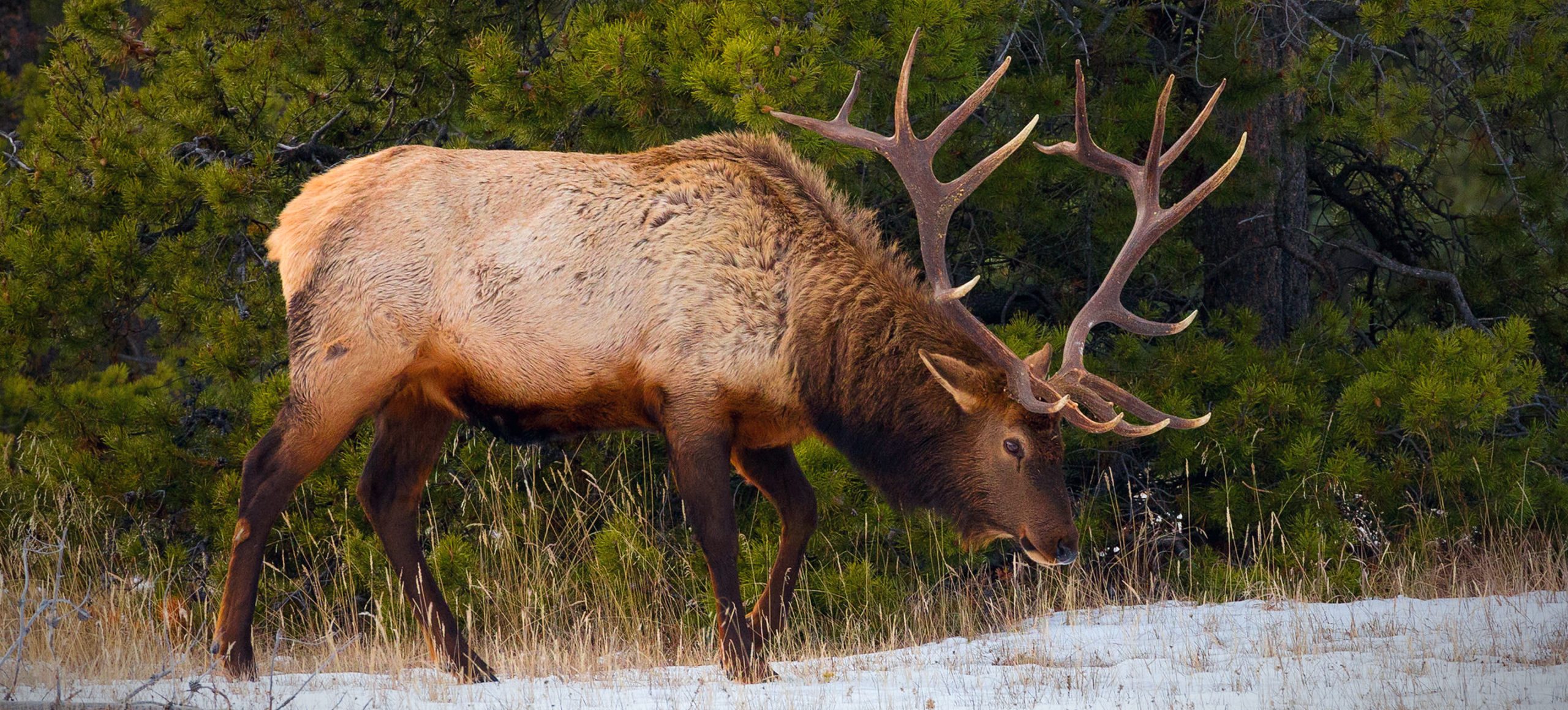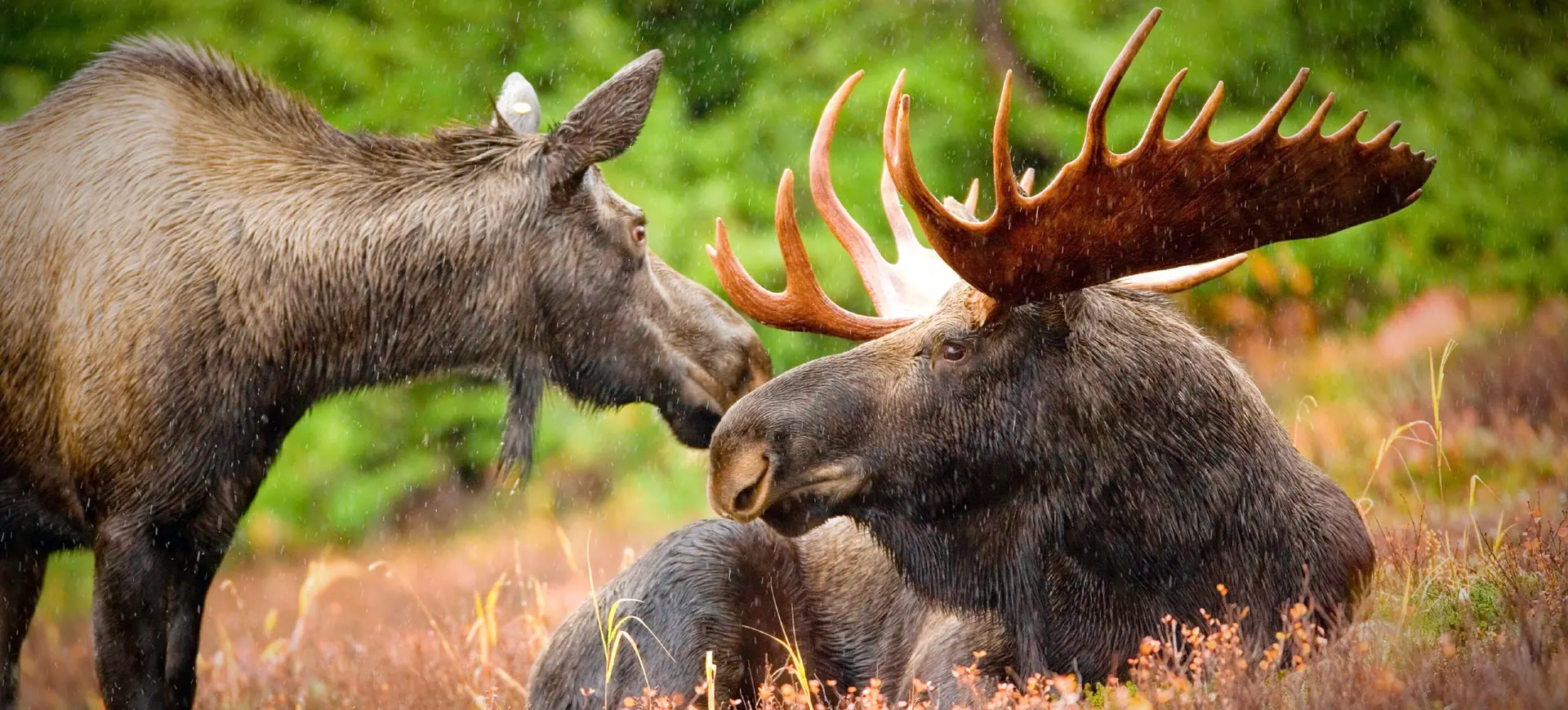Overview
The Axis Deer, also known as Chital or Spotted Deer, is a species of deer native to the Indian subcontinent. Notable for their bright, golden-brown coats adorned with white spots, these animals are among the most visually striking deer species. Adults have a sleek, agile build, a pair of antlers in males, and large, expressive eyes that add to their charm. They are typically most active in the mornings and evenings when temperatures are cooler.
One of the unique features of the Axis Deer is its large antlers, which branch out into three tines. The antlers are present only in males and are shed and regrown annually. The body coloration varies from deep reddish-brown to golden, with the underparts and insides of the legs being white. The white spots that pattern their body remain throughout their lifetime, distinguishing them from many other deer species where such spots only occur in juveniles.
Axis Deer are an integral part of their ecosystem, serving as prey for several predators and contributing to vegetation control through their feeding habits. They are highly adaptable and are found in various habitats, from dense forests to open grasslands. Despite the challenges they face due to habitat loss and hunting, they have managed to maintain stable population numbers, largely due to their adaptability and high reproductive rate.
Current distribution:
The axis deer is widely distributed across the Indian subcontinent, including India, Sri Lanka, Nepal, Bhutan, and Bangladesh. It is most abundant in protected areas such as Kanha National Park and Bandhavgarh National Park in India, where large, stable populations are maintained. Outside its native range, the species has been introduced to various countries, including the United States (Texas and Hawaii), Australia, and parts of the Caribbean, where it is considered an invasive species in some areas.
Axis deer have adapted to diverse environments in its introduced range, including tropical forests, savannas, and agricultural landscapes, often competing with native species for resources. In places like Hawaii, their populations have exploded due to the absence of natural predators, causing significant ecological and agricultural damage. Despite their adaptability, wild populations in their native range face localized declines due to habitat loss, poaching, and human-wildlife conflict. Conservation measures are critical to maintaining their populations in the wild.
Physical Description:
The Axis Deer is a medium-sized deer with a light build and slender legs. They are well-proportioned animals, with their body size aligning with their leg length, giving them a balanced and agile look. The male deer are slightly larger and more muscular than the females, and they sport impressive antlers that can reach up to 30 inches in length. These antlers are usually three-pronged and have a lyre shape, with the middle prong being the longest. The antlers are shed annually, and a new pair grows in its place.
The coat of the Axis Deer is one of its most distinguishing features. It is typically a bright, golden-brown color, speckled with white spots. This spotted pattern is found all over the body and is a characteristic that the Axis Deer retains throughout its life, unlike many other deer species where the spots are only found in juveniles. The belly and the insides of the legs are white, providing a stark contrast to the golden color of the rest of the body. The tail is moderately long, and the end is bushy and marked with a dark stripe.

Lifespan: Wild: ~16 Years || Captivity: ~22 Years

Weight: Male: 154-220 lbs (70-100 kg) || Female: 88-132 lbs (40-60 kg)

Length: Male: 5.1-6.1 ft (1.5-1.85 m) || Female: 4.4-5.2 ft (1.3-1.6 m)

Height: Male: 34-39 in (86-100 cm) || Female: 28-33 in (70-85 cm)

Top Speed: 37 mph (60 km/h)
Characteristic:
Native Habitat:
The Axis Deer is native to the Indian subcontinent, with its habitat ranging from Sri Lanka in the south to Nepal in the north. This species is highly adaptable and can be found in various habitats, including deciduous forests, semi-evergreen forests, and grasslands. They prefer areas where water is readily accessible and are commonly found near water bodies such as rivers and lakes. They also prefer areas with a good mix of grassland for feeding and forest for cover.
Axis Deer are also seen in more open habitats, including savannas and shrublands. They are relatively tolerant of human disturbance and can sometimes be found in agricultural areas or near villages. They can survive in various, from the warm tropical regions of southern India and Sri Lanka to the cooler foothills of the Himalayas in Nepal.
Biomes:
Biogeographical Realms:
Continents:
Countries:
Diet:
Diet & Feeding Habits:
Axis Deer are essentially grazers, but their diet is quite varied, which allows them to be versatile in their feeding habits. They consume various grasses but also incorporate other plant matter into their diet. They have been observed eating fruit, bark, and leaves when grass is unavailable. This flexibility is one reason they can inhabit a wide range of habitats and survive in various climatic conditions.
One interesting aspect of the Axis Deer’s feeding behavior is their preference for foraging in the early mornings and late afternoons when the temperatures are relatively cooler. They can also be seen feeding during moonlit nights. They generally consume fresh grass and feed on fallen fruits and foliage. This adaptability in feeding habits allows them to sustain themselves even in habitats where food resources are scarce or fluctuate seasonally.
Mating Behavior:
Mating Description:
Axis Deer are not strictly seasonal breeders, although mating activity may have peaked. During the breeding season, males become very active and are often seen chasing females. The males have a distinctive mating or rutting call, and they fight fiercely with rival males for access to females. These fights involve clashing of the antlers and can result in injuries.
The females, or do, usually give birth to one or two fawns at a time. The fawns are born after a gestation period of about 7.5 months. They are weaned at around six months but may continue to stay with the mother for several months after weaning. The females reach sexual maturity at around 14 to 17 months, while males mature slightly later, at around 24 months.
Reproduction Season:
Birth Type:
Pregnancy Duration:
Female Name:
Male Name:
Baby Name:
Social Structure Description:
Axis Deer are highly social animals that typically live in groups. The size and composition of these groups can vary depending on the habitat and time of year. Generally, females and their young form groups of up to a dozen individuals, while males may form bachelor groups. During the breeding season, males may establish territories and gather groups of females, or harem, which they will defend against rival males.
The social structure of Axis Deer is characterized by a clear hierarchy, especially among males. Older and stronger males are generally dominant and have better access to resources and mating opportunities. Communication within the group occurs through a range of vocalizations, body postures, and chemical signals.
Groups:
Conservation Status:
Population Trend:
Despite being hunted for their meat and antlers, the Axis Deer has managed to maintain relatively stable populations, especially in their native range of the Indian subcontinent. Their high reproductive rate, adaptability to various habitats, and ability to consume a variety of plant matter have allowed them to thrive in different environments. Their populations in India, Nepal, and Sri Lanka remain robust, with many deer found in protected areas such as national parks and wildlife reserves.
Axis Deer have also been introduced to other parts of the world, including the United States, Argentina, and Australia, where they are often kept on game ranches for hunting. These introduced populations have also been able to maintain healthy numbers. Overall, while the Axis Deer faces threats from habitat loss and hunting, their numbers remain stable and are not currently considered a conservation concern.
Population Threats:
The main threats to Axis Deer populations include habitat loss due to deforestation and agricultural expansion. As humans encroach on their natural habitats, these deer increasingly conflict with people. They are often hunted for their meat and antlers, and in some areas, they are also viewed as pests because they can damage crops.
In addition, introduced populations of Axis Deer can sometimes pose a threat to native flora and fauna. For example, in the United States and Australia, they are considered invasive species because they can compete with native wildlife for resources and contribute to the degradation of native habitats.
Conservation Efforts:
The conservation of Axis Deer primarily involves protecting and managing their habitats. Many Axis Deer populations are located within protected areas, such as national parks and wildlife reserves, where hunting is controlled and efforts are made to preserve the habitat. Additionally, management programs are in place in areas where they have been introduced to control their numbers and minimize their impact on native ecosystems.
Education and awareness programs are also an important part of conservation efforts. These aim to inform local communities about the importance of Axis Deer to the ecosystem and the need for their conservation. Efforts are also being made to mitigate human-wildlife conflict, such as fencing off agricultural areas to prevent the deer from damaging crops.
Additional Resources:
Fun Facts
- The Axis Deer is the national animal of Sri Lanka.
- Unlike many other deer species, the Axis Deer retains its spotted coat pattern throughout life.
- Axis Deer are excellent swimmers and often enter water bodies to escape from predators or cool off.
- They have been known to feed alongside other herbivores, such as monkeys, peacocks, and other deer species.
- The Axis Deer has a unique rutting call, often described as a ‘bark-roar.’
- They are crepuscular animals, meaning they are most active during dawn and dusk.
- Axis Deer have been introduced to many parts of the world, including the United States, Australia, and Argentina.
- The antlers of an Axis Deer are shed and regrown annually. A new set usually grows in about 60 days.
- Axis Deer have a high reproductive rate. A doe can produce up to two fawns per year.
- The population of Axis Deer is stable, and they are listed as “Least Concern” by the IUCN.


